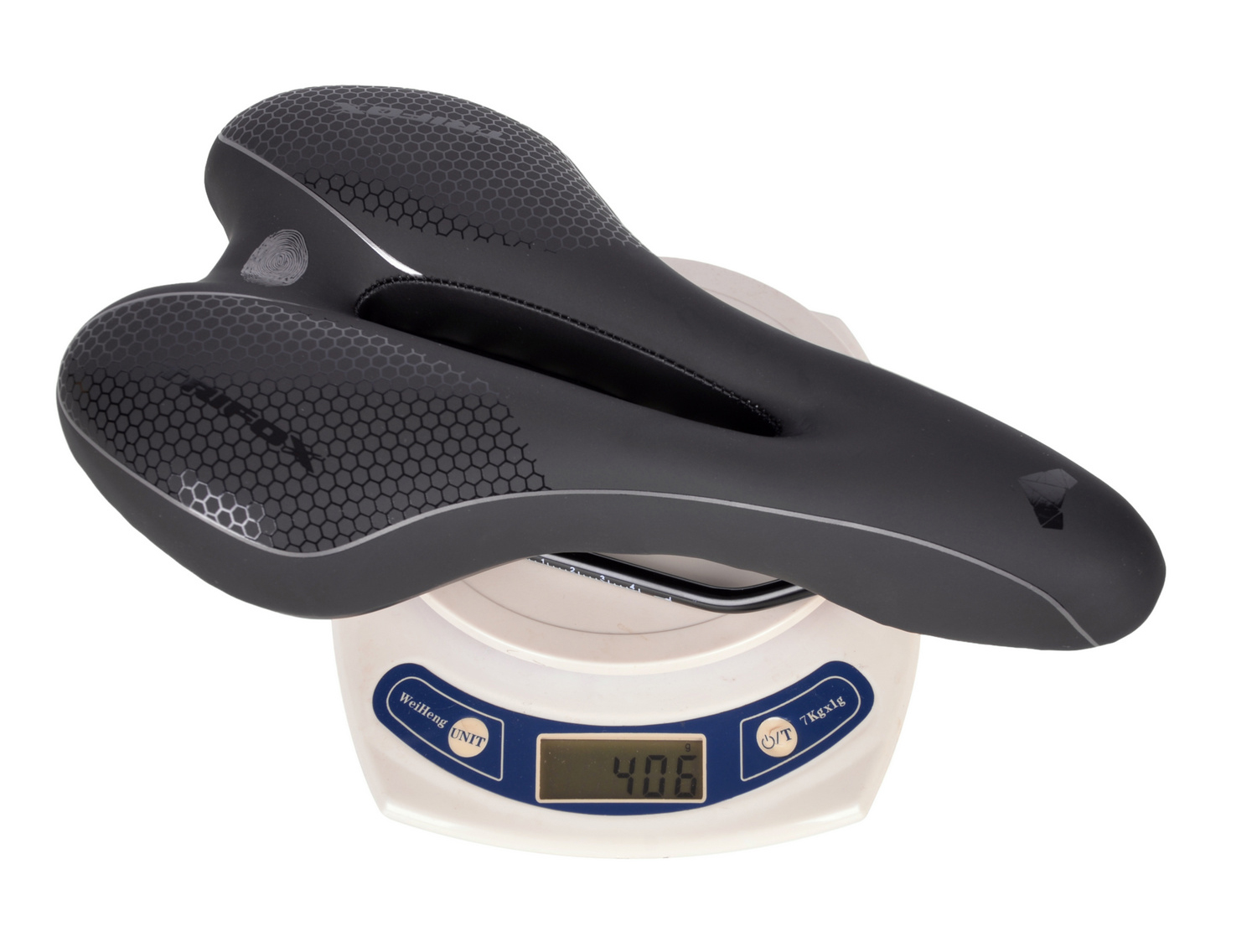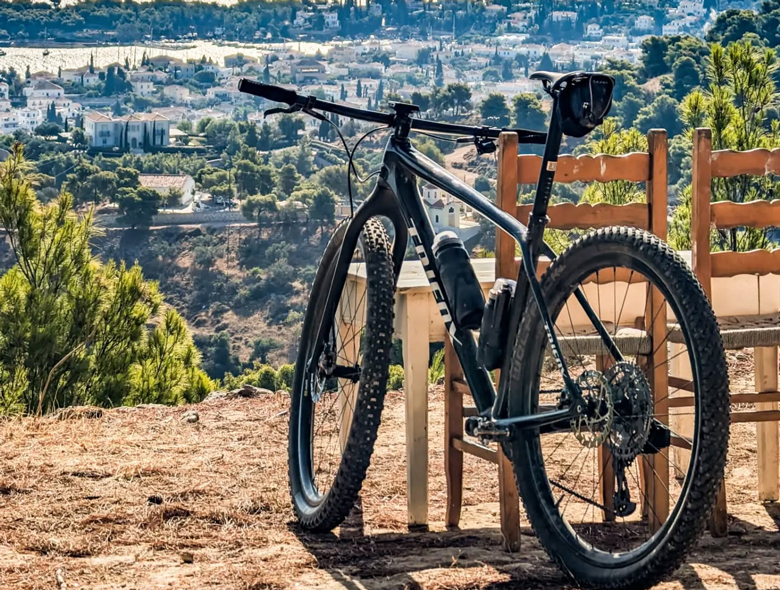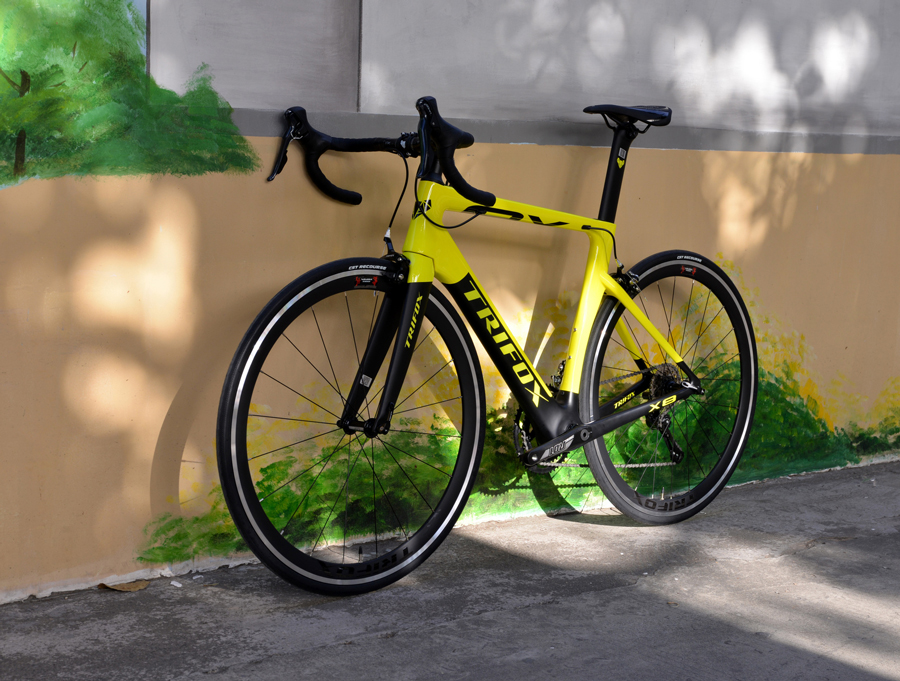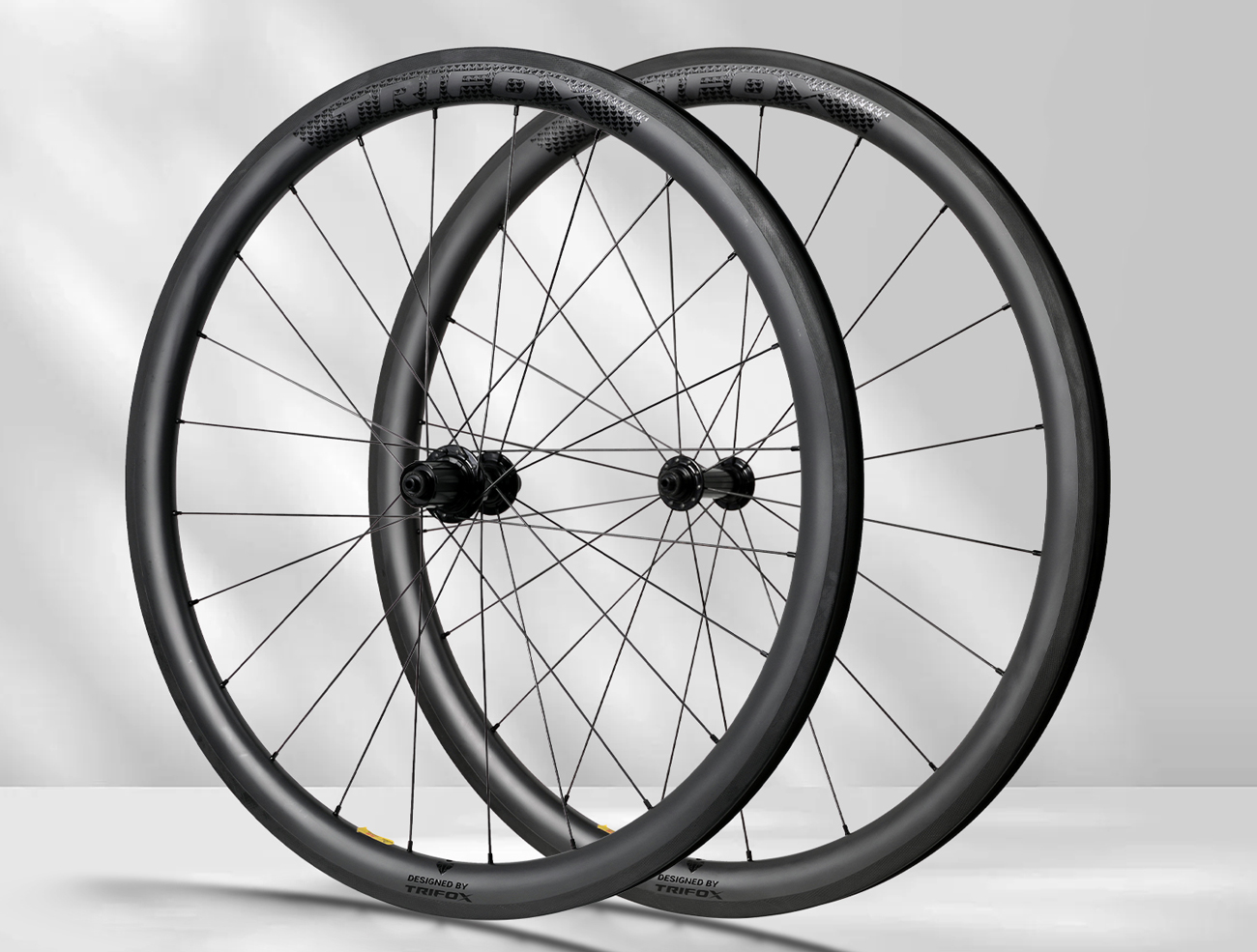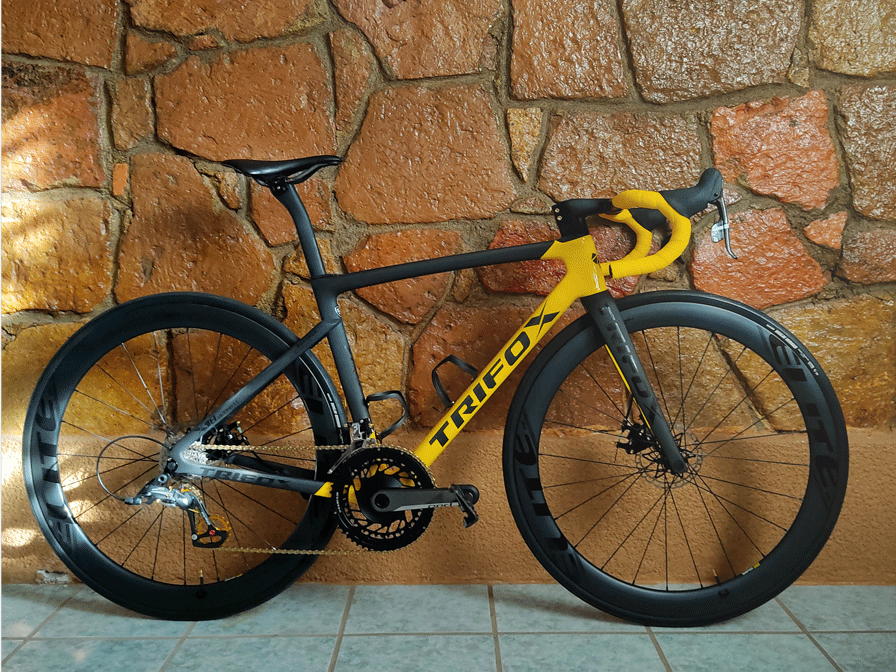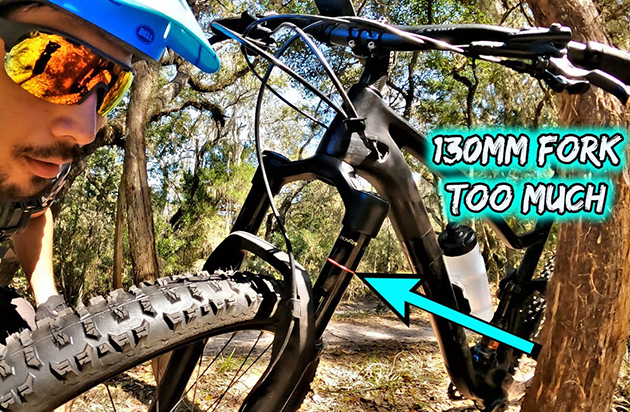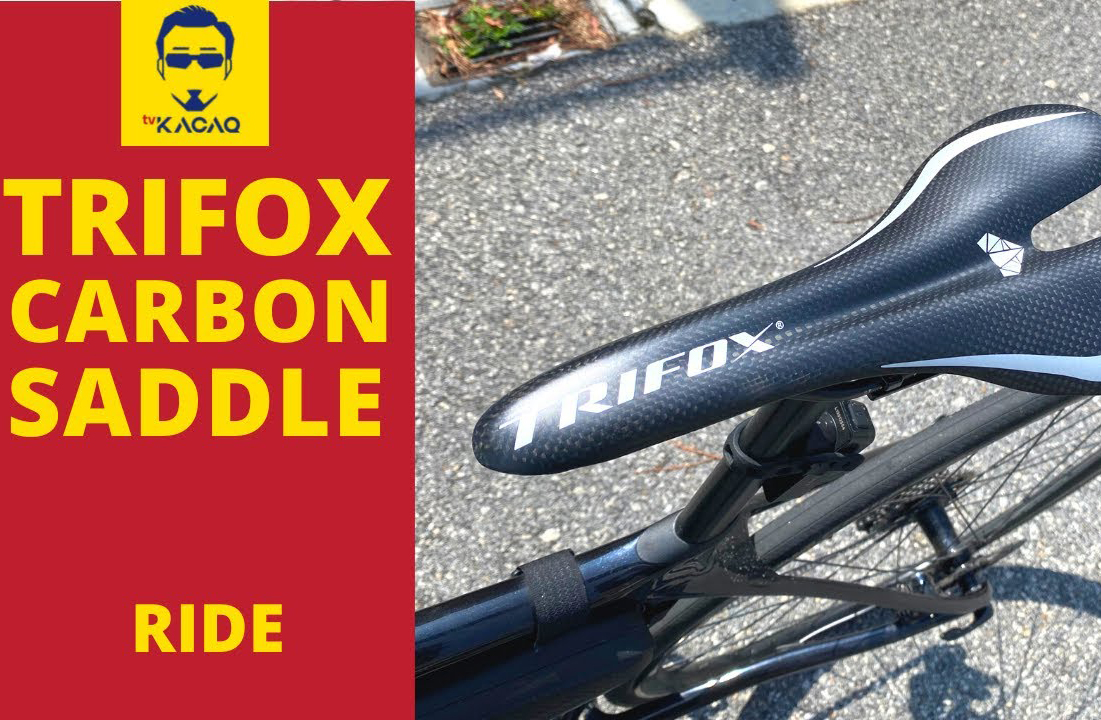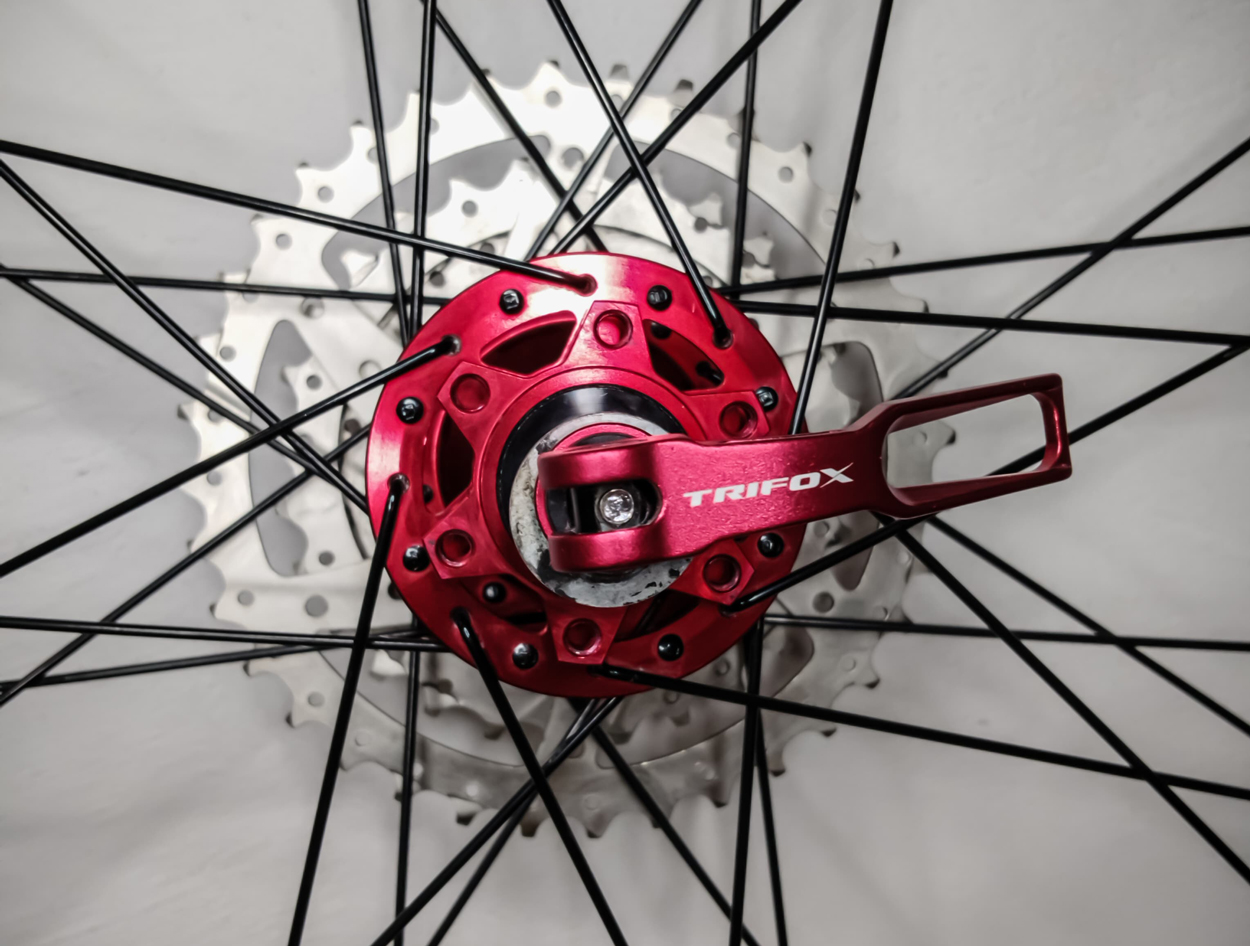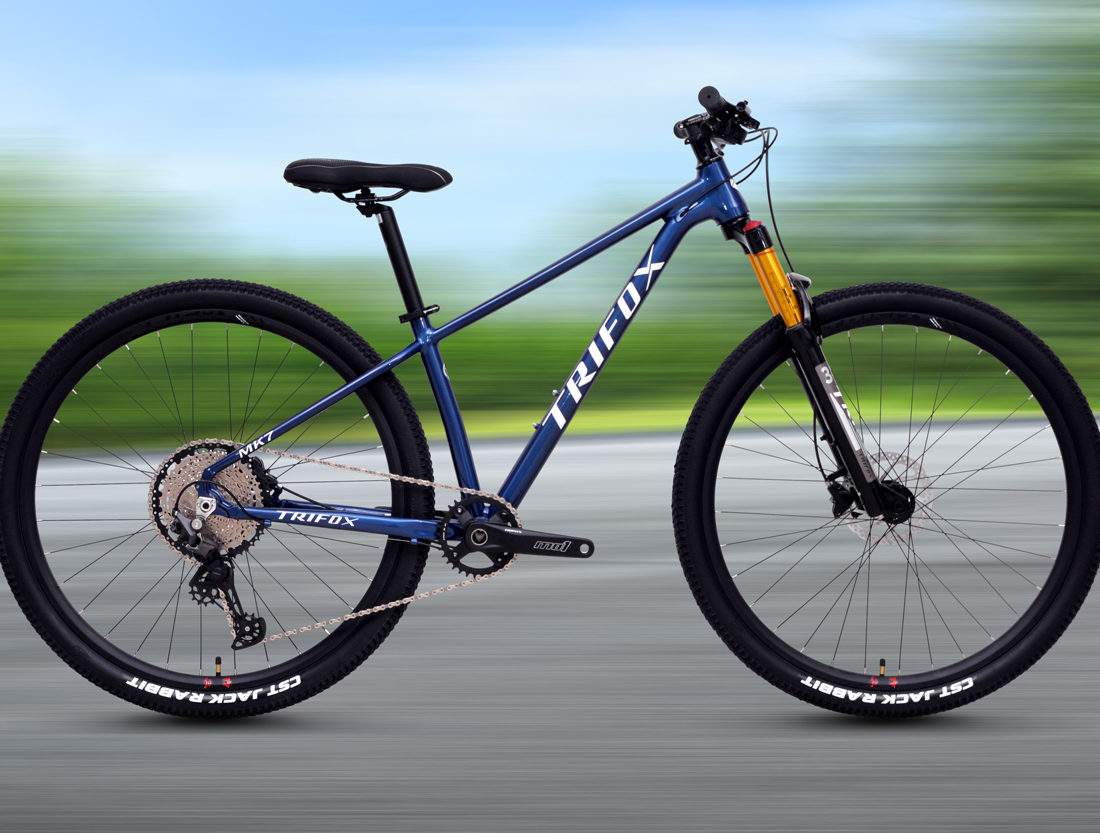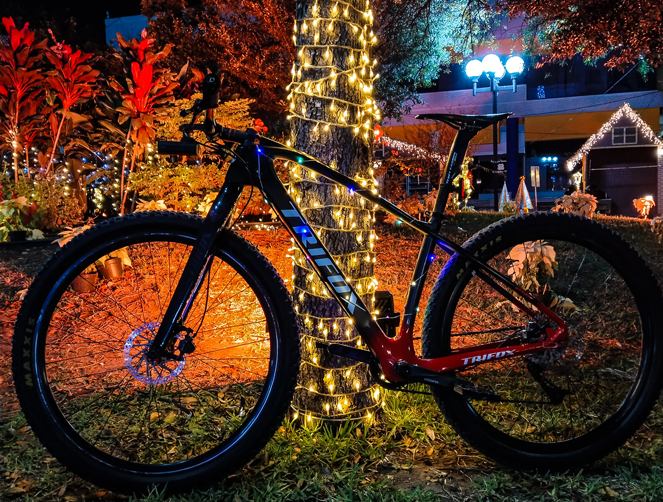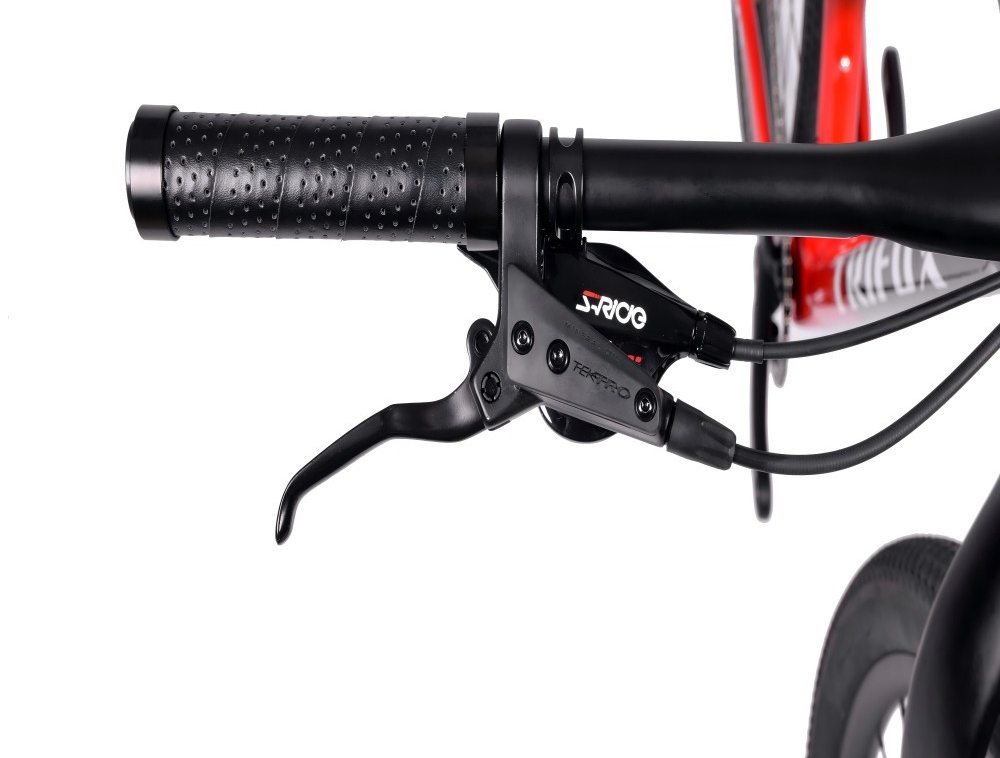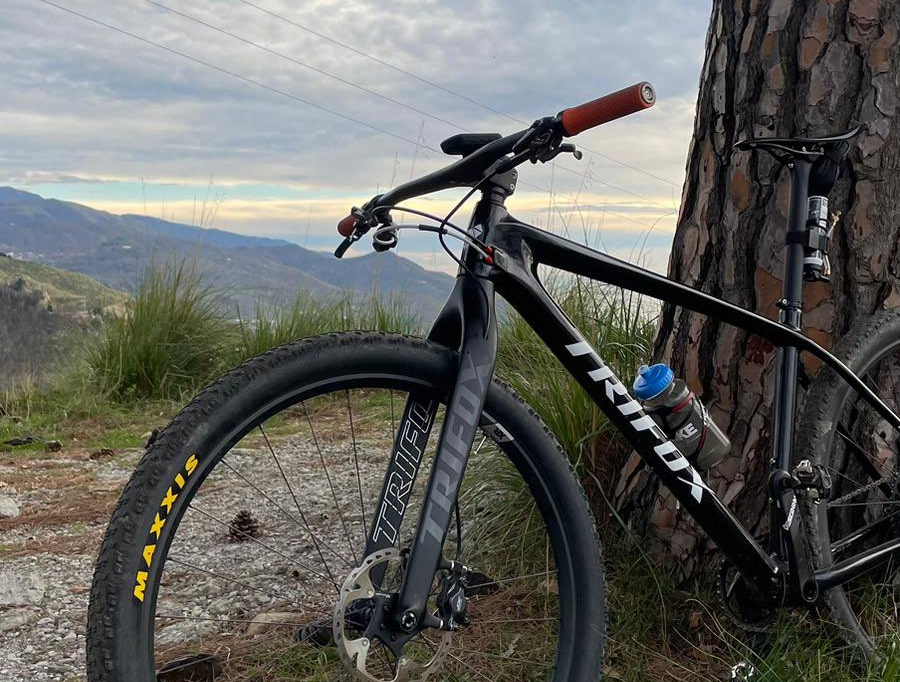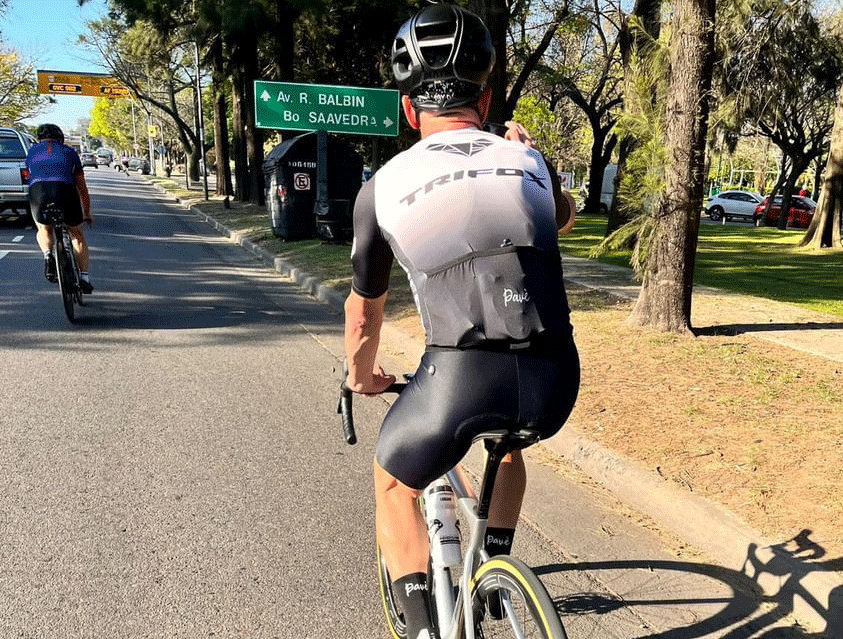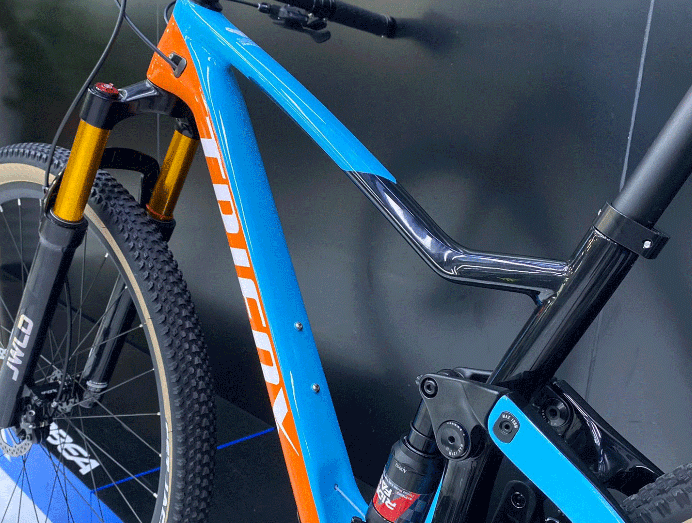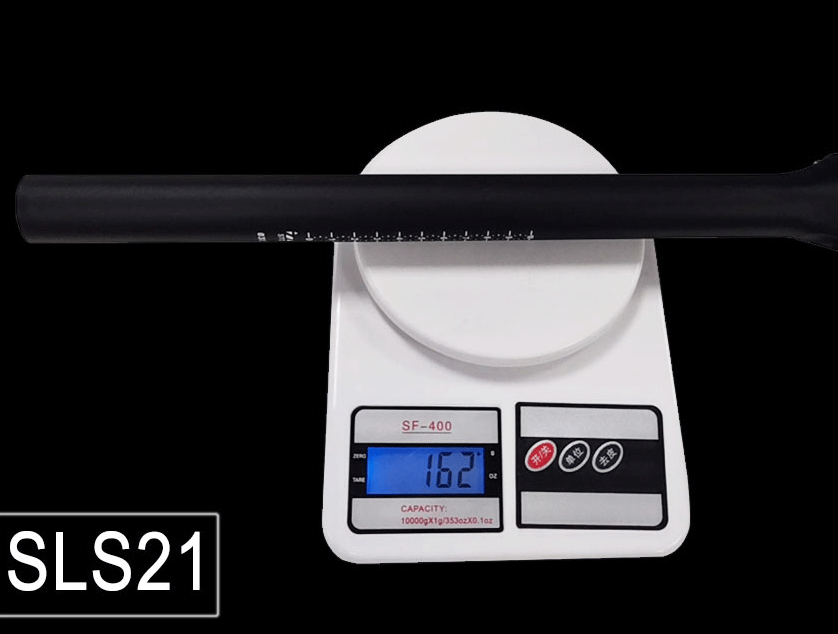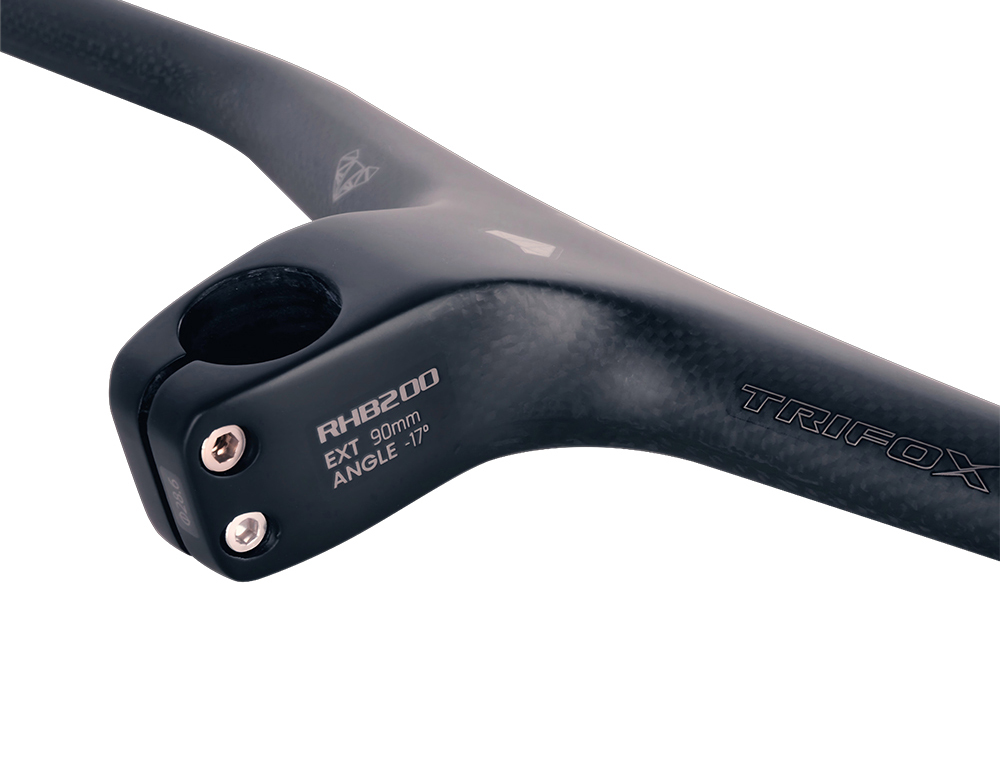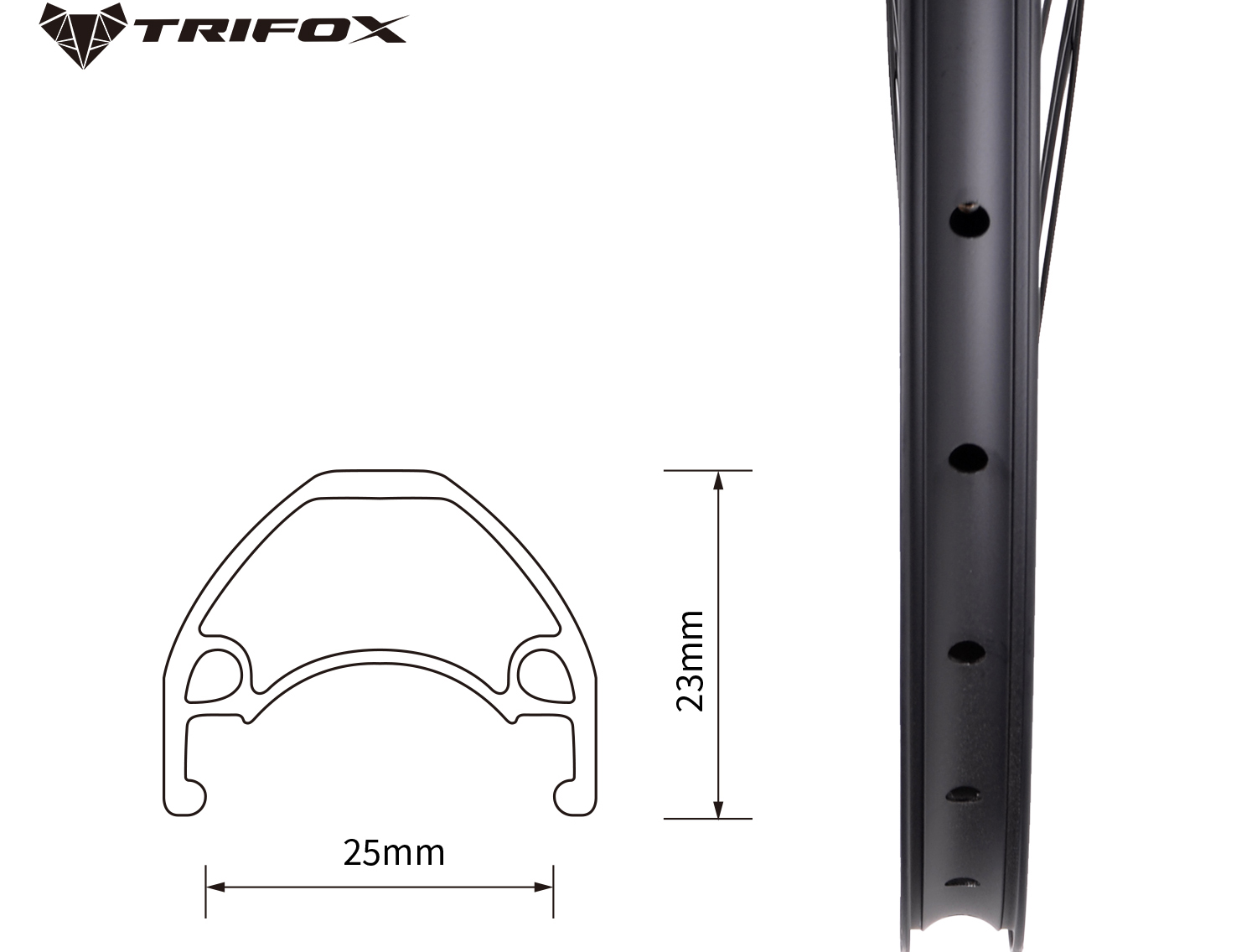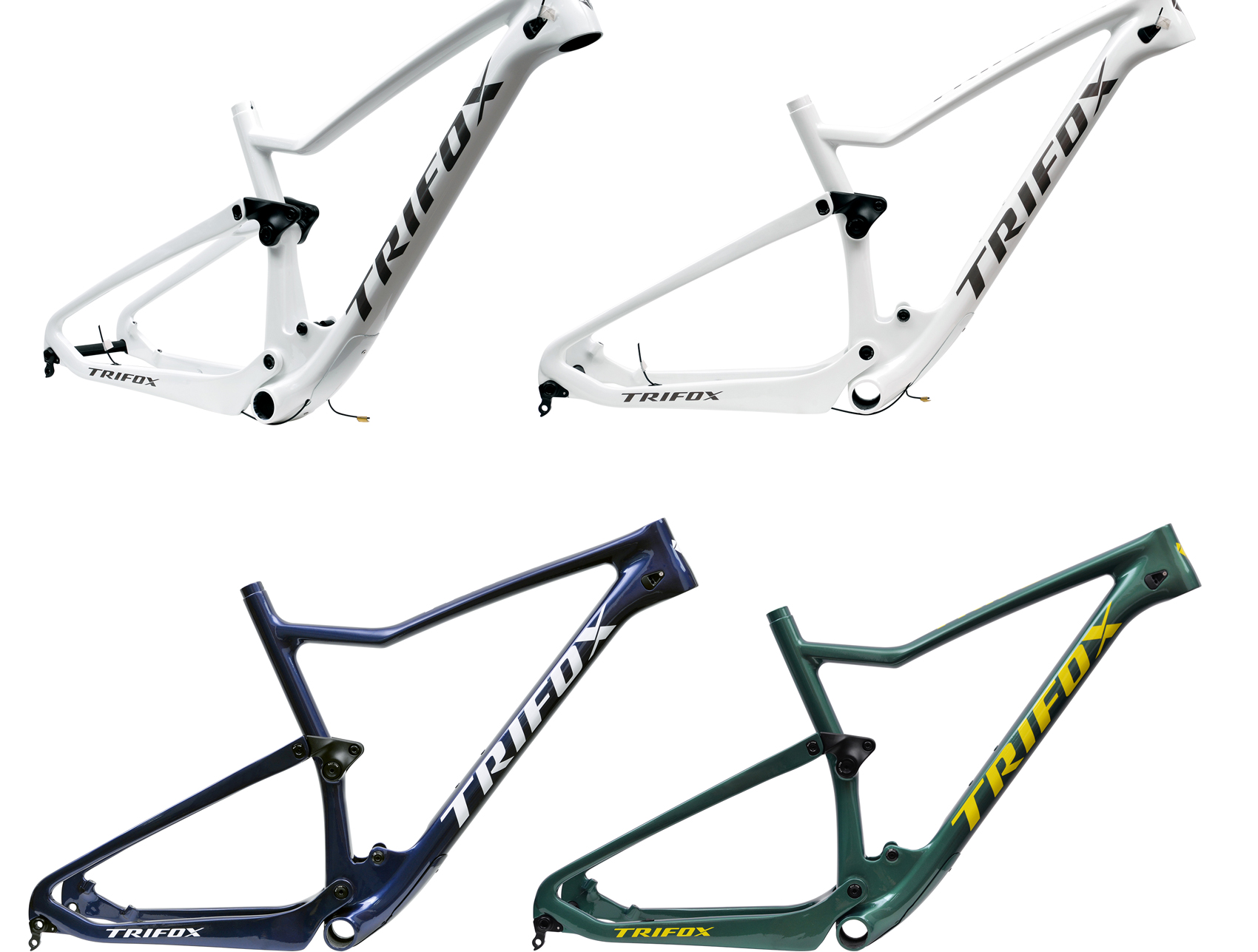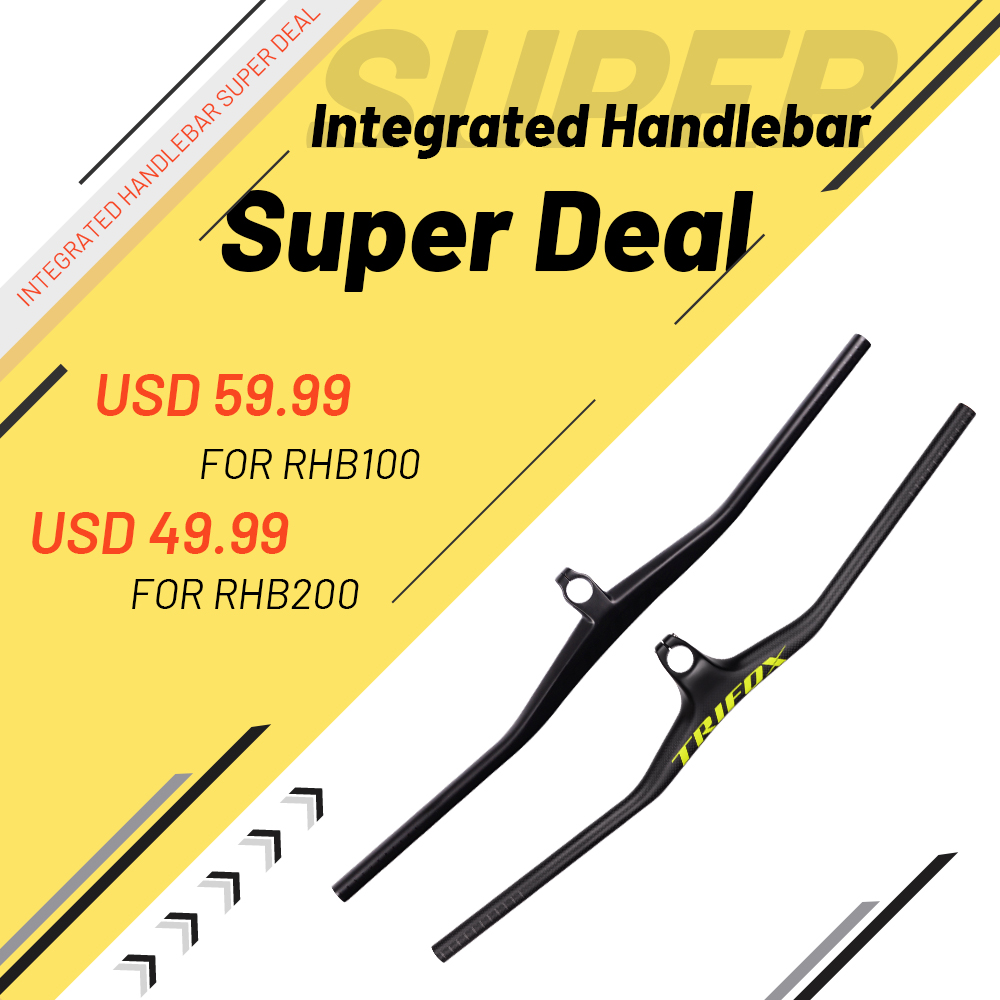Crank length is a critical but often overlooked factor in cycling performance. The cranks are the arms that connect the pedals to the bottom bracket, and their length affects power output, comfort, and overall efficiency. Choosing the right crank length can make a big difference in your riding experience.
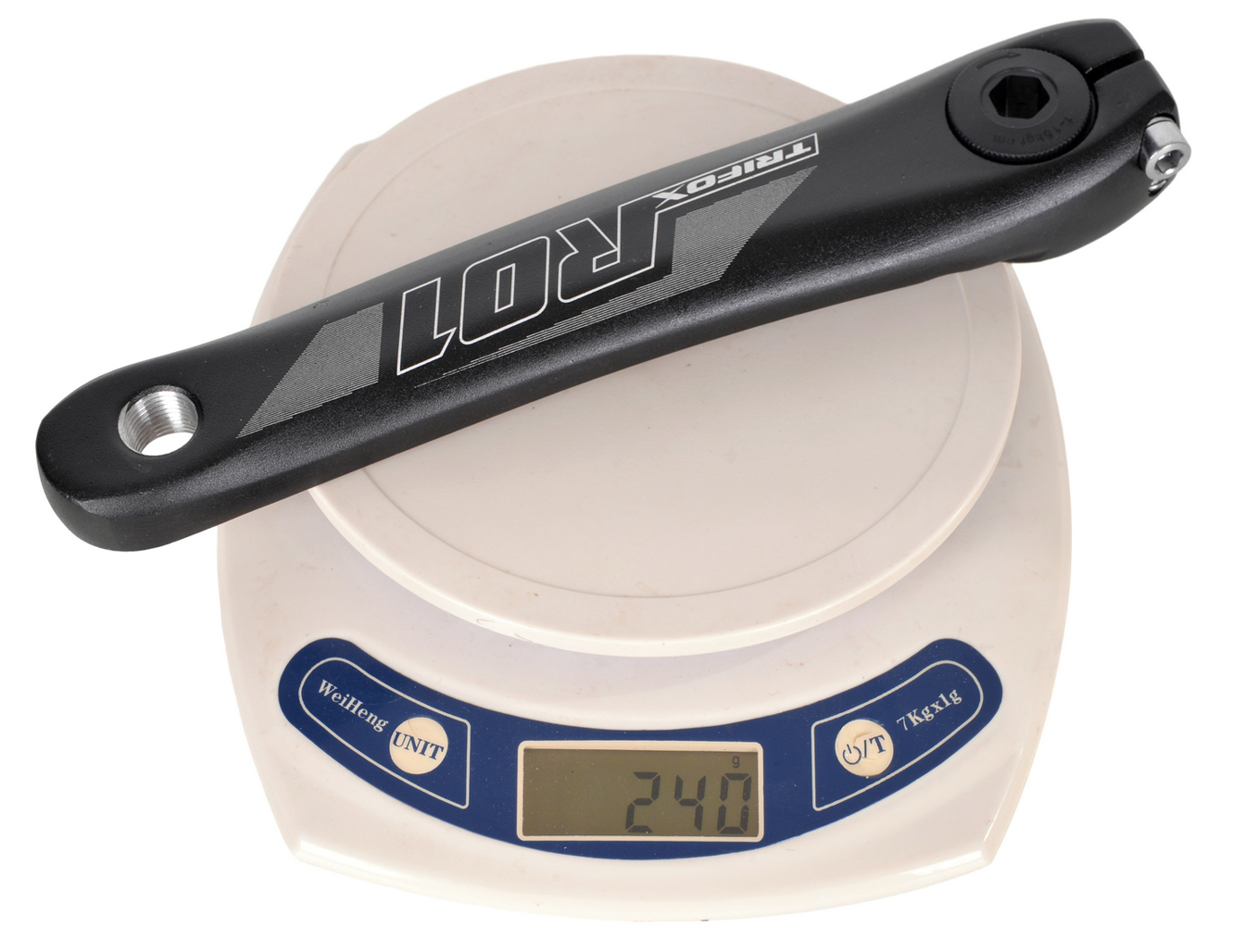
1. How Crank Length Affects Cycling Efficiency
✔ Power Output & Cadence – Shorter cranks allow for a higher cadence (more pedal revolutions per minute), which can reduce strain on the knees and improve endurance. Longer cranks may provide more leverage, but they require greater force to turn, which can lead to fatigue.
✔ Aerodynamics & Positioning – Shorter cranks enable a more aerodynamic position by reducing knee height at the top of the pedal stroke, making them ideal for time trials and triathlons.
✔ Comfort & Injury Prevention – Riders with knee or hip pain often benefit from shorter cranks as they reduce joint strain and improve pedaling efficiency.
2. How to Choose the Right Crank Length
- Standard Crank Lengths: Typically range from 165mm to 175mm, with 170mm being the most common.
- Rider Height & Leg Length: Shorter riders often benefit from 165mm cranks, while taller riders may prefer 175mm cranks.
- Riding Style: Sprinters and climbers might prefer longer cranks for power, while endurance riders may opt for shorter cranks for better cadence.
3. Experiment & Optimize
There is no "one-size-fits-all" crank length. If you're looking to upgrade your crankset, check out high-performance bike components at Trifox Bike and optimize your efficiency today!
文字




























































